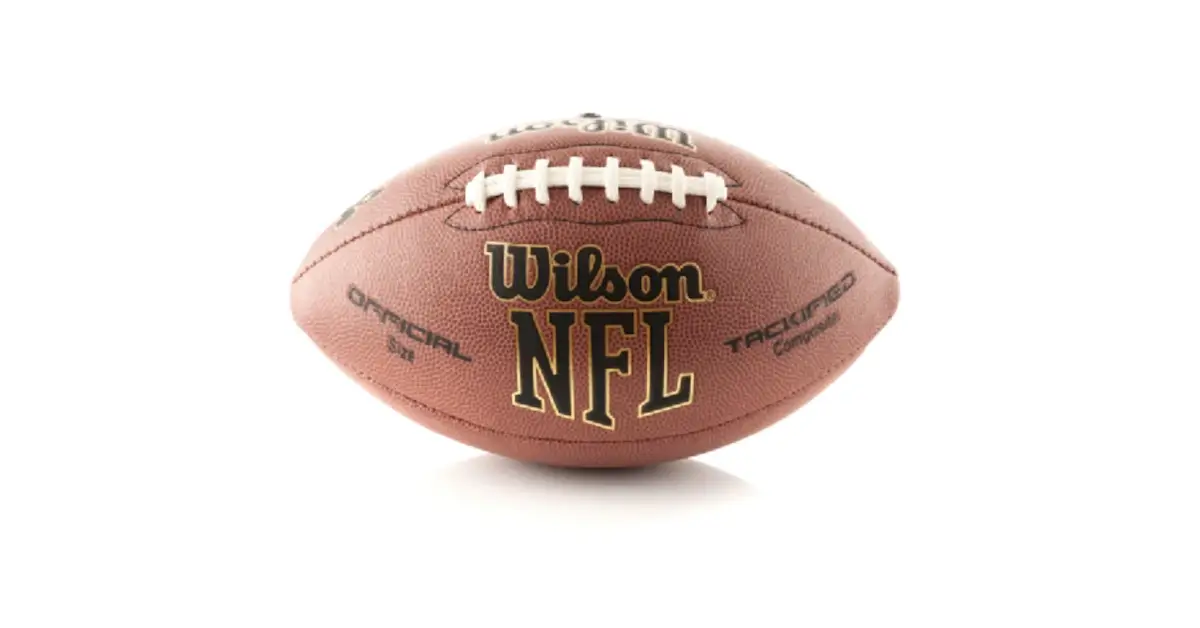Football season heads toward Super Bowl 50 in February 2016, but not without leaving casualties due to injury along the way. When NFL cornerback Dashaun Phillips of the Washington Redskins went down following a helmet-to-helmet collision in the regular season game finale in January, he lay motionless on the field. The frightening incident resulted in a cart taking Phillips off on a stretcher, his head and neck immobilized by a brace. Soon after, Phillips was lifted into a vehicle and transported to an area hospital.
Jay Gruden, the team head coach, later said that Phillips suffered a neck injury—a cervical stinger, which is an injury in both the neck and spinal cord area. Fortunately, tests revealed no further damage.
What is a Stinger?
A stinger, also called a burner or a nerve pinch injury, is a sports-related injury to the nerves around the neck or shoulder. The term stinger describes the symptoms that the athlete experiences. These symptoms usually last seconds to minutes, but in five to 10 percent of cases, they can last hours, days or even longer.
The symptoms include:
- A burning or electric shock sensation radiating through one of the arms
- A warm sensation
- Arm numbness and weakness immediately following the injury
Symptoms of stingers can spontaneously resolve in a short period of time, so they are often not reported by the athletes to the coaches or athletic trainers. However, stingers tend to recur, so if they are not properly and promptly diagnosed and treated, they can lead to persistent pain or even arm weakness, which can eventually result in extended time sitting out on the sidelines.
Dynamics of Stinger Injuries
The nerves of the arm branch out from the spinal cord near the base of the neck. They come together in the upper shoulder in a bundle called the brachial plexus, and then separate again into individual nerves. When the brachial plexus is stretched, pinched or bruised, it can result in a stinger.
While the stinger is usually a spine injury, it is never a spinal cord injury. Both types of injuries commonly occur in contact and collision sports. The difference is that a spine injury does not result in paralysis of the arms and legs, like a spinal cord injury. Stingers also do not affect both arms at the same time, although each arm can be affected with different injuries. If both arms are symptomatic at the same time after a neck injury, a spinal cord injury is likely to have occurred. This leads to a much different treatment plan than a stinger.
Athletes competing in various sports (most common in football and wrestling), playing specific positions (such as defensive back, linebacker or offensive line) or performing certain athletic maneuvers (such as tackling, blocking or executing a take down maneuver) are at greatest risk of sustaining a stinger.
The injury occurs in one of two ways:
- One of the nerves off the spinal cord in the neck is compressed as the head is forced backward and toward that side
- The nerves in the neck and shoulder are over-stretched as the head is forced sideways away from the shoulder
In addition to the stinging sensation, there is often associated weakness of the muscles in the shoulder and arm. The arm symptoms can be more severe than neck pain. First-time stingers will usually resolve quickly even without treatment, but there is a greater risk of recurrent injury if left untreated. Each additional stinger often results in continued neurologic impairment, including muscle weakness.
Stinger Risk Factors
Contact sports. Athletes who engage in contact sports are more likely to suffer a stinger. In fact, up to 70 percent of all college football players report having experienced a stinger during their four-year careers.
Stingers often occur with a fall onto the head, such as in a wrestling takedown or a football tackle. In fact, tackling or blocking in American football is the athletic activity that most often causes stingers.
Spinal stenosis. In addition to playing contact sports, a small spinal canal may put an athlete at greater risk for a stinger. Athletes with recurrent stingers may have smaller spinal canals than players who do not suffer recurrent injury. This condition is called spinal stenosis.
Prevention
Proper technique, such as “heads up” football tackling, is important for stinger and other injury prevention. Specifically, football collars like an adult butterfly restrictor (which was developed in conjunction with Division 1-A football equipment managers) can be helpful in preventing stingers. These U-shaped collars help to prevent over-extension of the neck to the back or side – the motions that cause stingers.
At The Center for Musculoskeletal Disorders, we believe in both care and prevention of injury. We consider each individual patient and exhaust all conservative treatment options.

